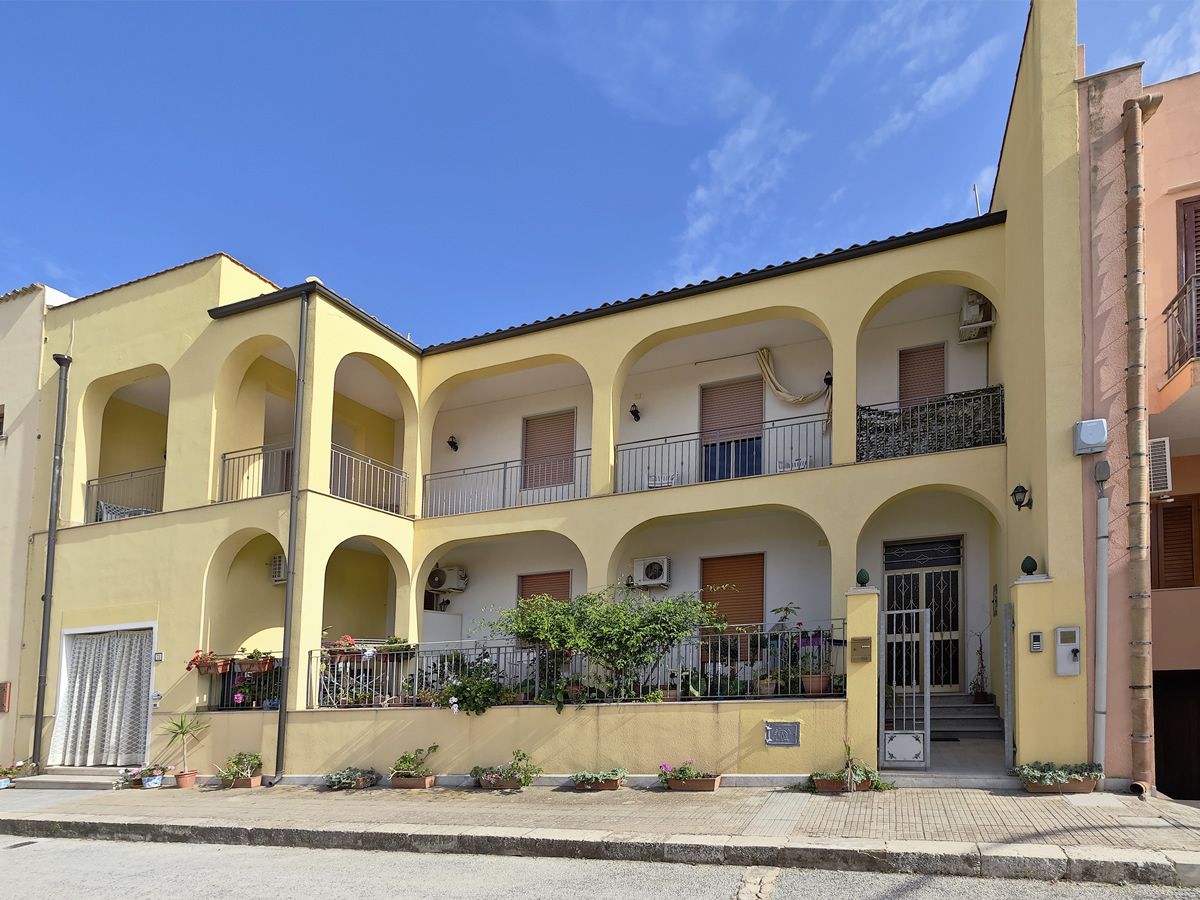One of the most fascinating places in San Vito Lo Capo
The lighthouse is one of the symbols of San Vito lo Capo, together with the Sanctuary and the beach.
At night its light reaches over twenty nautical miles, and for this reason, it is one of the most important in Sicily.
A red light indicates the rocky shoal that extends from the coast for a couple of miles in a northerly direction. Its presence in past centuries would have avoided dozens of shipwrecks on the sharp rocks against which Roman, Phoenician, Arab and Norman ships crashed.
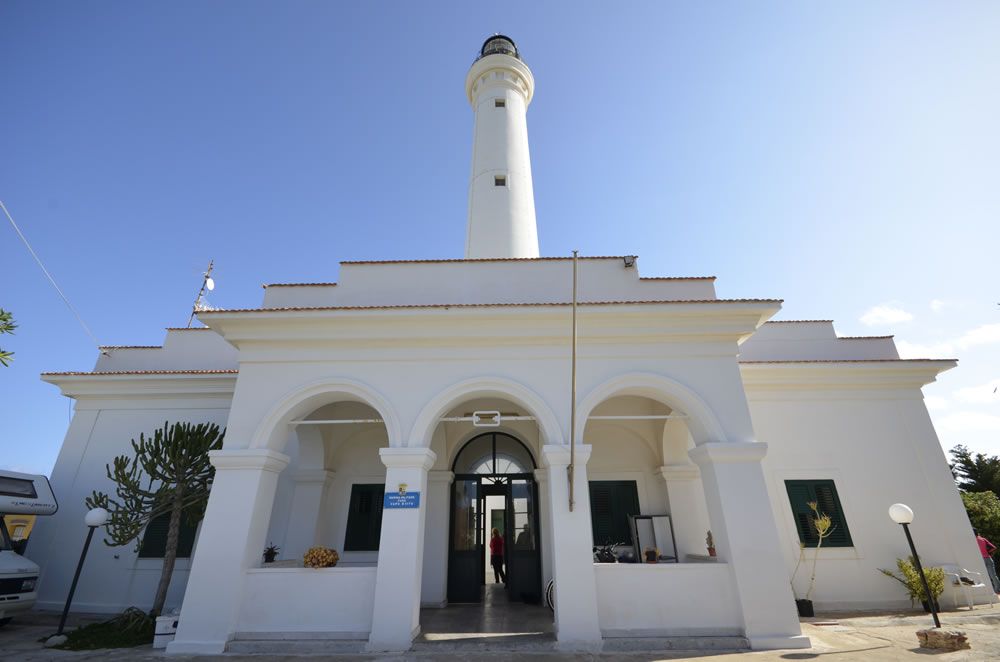
A walk under the very high tower - 43 meters above sea level - offers very strong emotions, and at night it is beautiful to follow the beam of white light sabering clockwise, drawing lace on the inland mountains and sending candid messages towards the open sea .
The construction of this lighthouse is due to the Bourbon Kingdom which in the years 1800-1850 built numerous fires along the coasts of the Kingdom of the Two Sicilies, to make offshore and coastal navigation safer.
Its construction began in 1854 and the first light was switched on, with a fixed white and flashing red light, on 1 August 1859.
The construction costs were: 60,231 lire for the building works, 31,050 lire for the polygonal lantern from the Lapaut company, the optics and the lighting system and 142 lire for the furnishings.
There were two lighthouse keepers assigned to it whose annual cost, in 1887, was 1,250 lire for wages plus 100 lire for overtime.
The annual cost of vegetable oil to fuel the fire inside the optics was 802.40 lire at a unit price per kg of 1.73 lire while the hourly cost of turning on the light source was 0.35 lire.
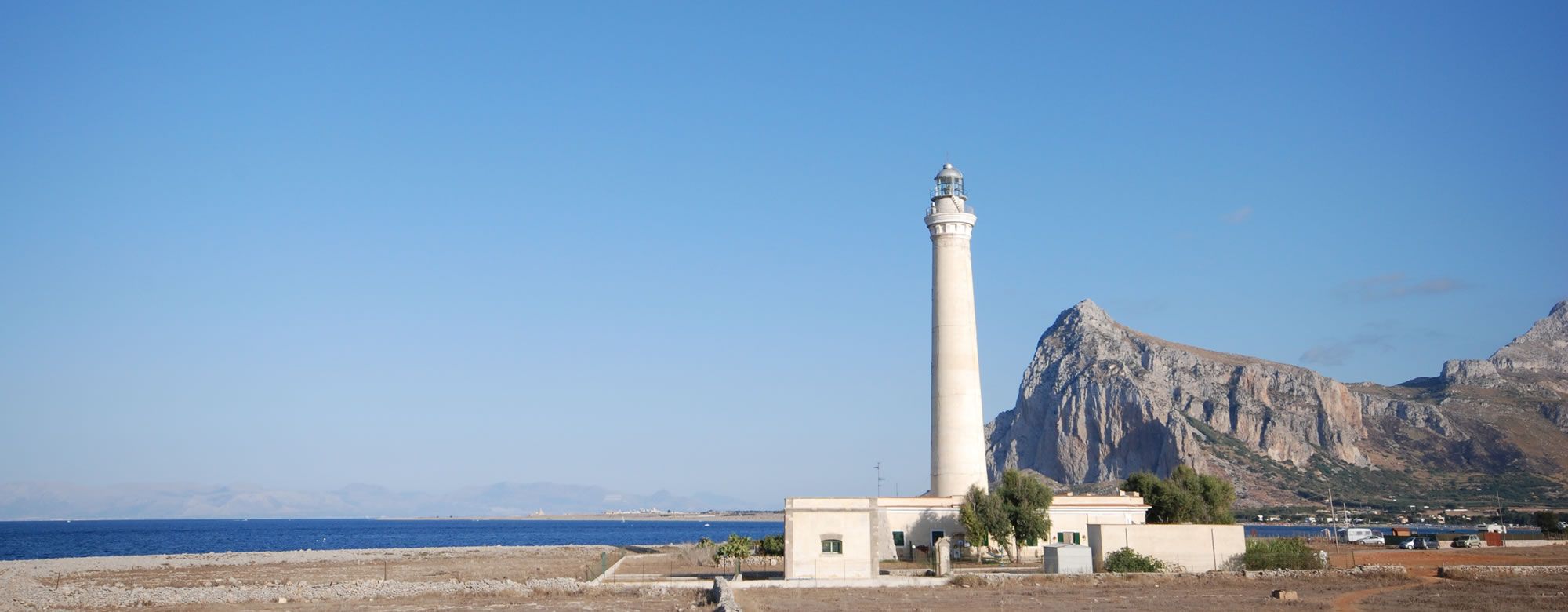
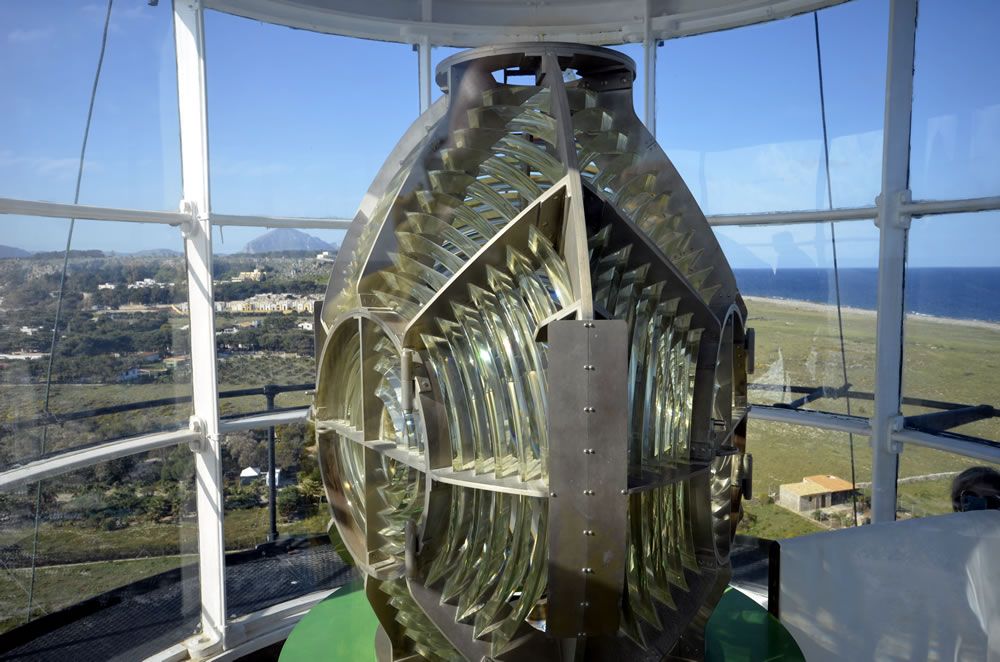
In the pilot book "Pilot's Guide" for the coasts and ports of the Kingdom of the Two Sicilies authored by PL Cavalcante, published in 1846 as a reference for identifying Cape San Vito, three towers are written there, two of which are cylindrical and the third, square, large, called del Roccazzo located on the seaward end of the Cape called Punta di Malasorte.
In a document published by the Royal Civil Engineers in 1873, we read "Third order lighthouse consisting of a tower with a circular base which, coming from the open sea, appears to rise above a polygonal building covered with a terrace". The walls are white. On a healthy site: provided with sufficient water.
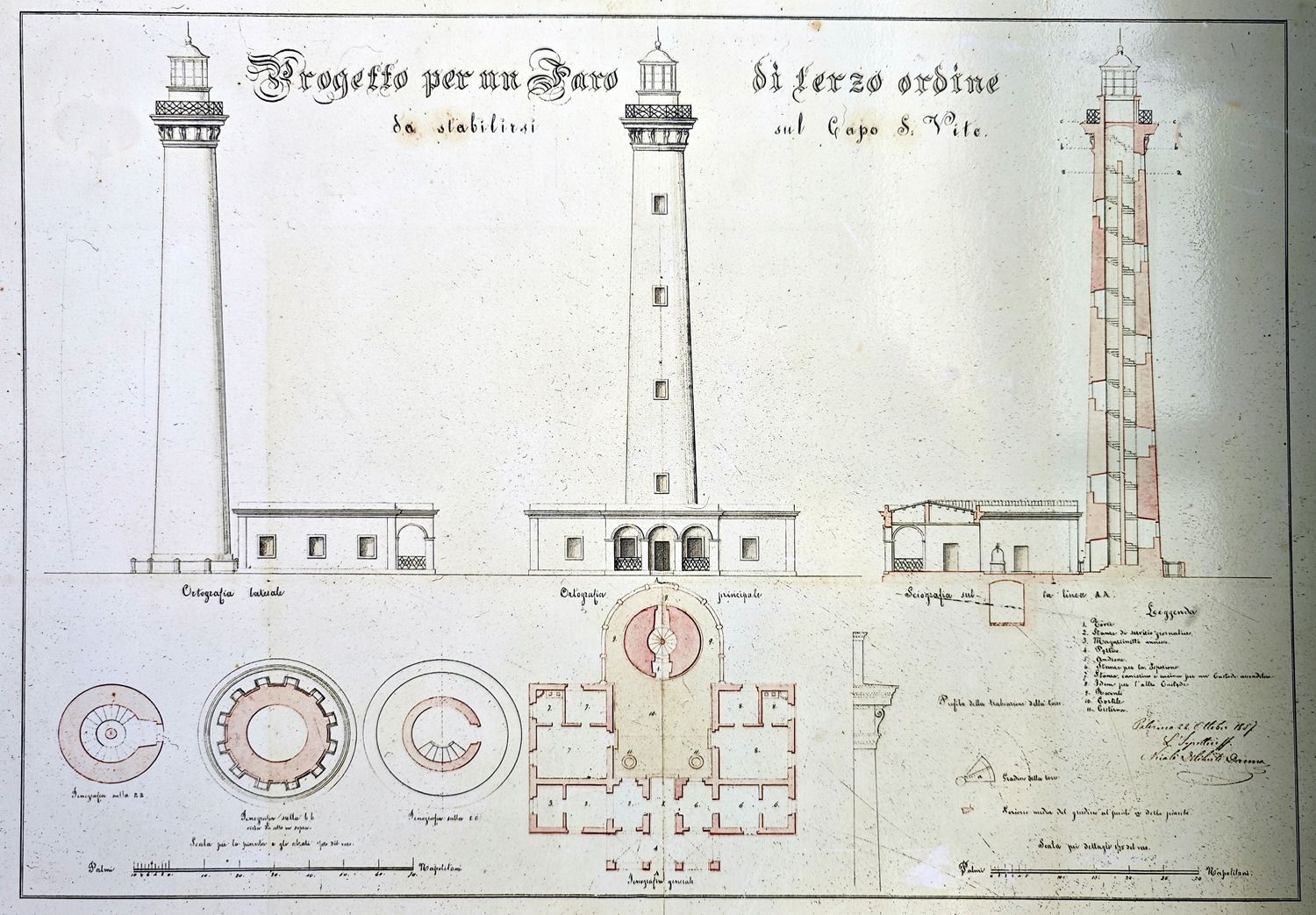

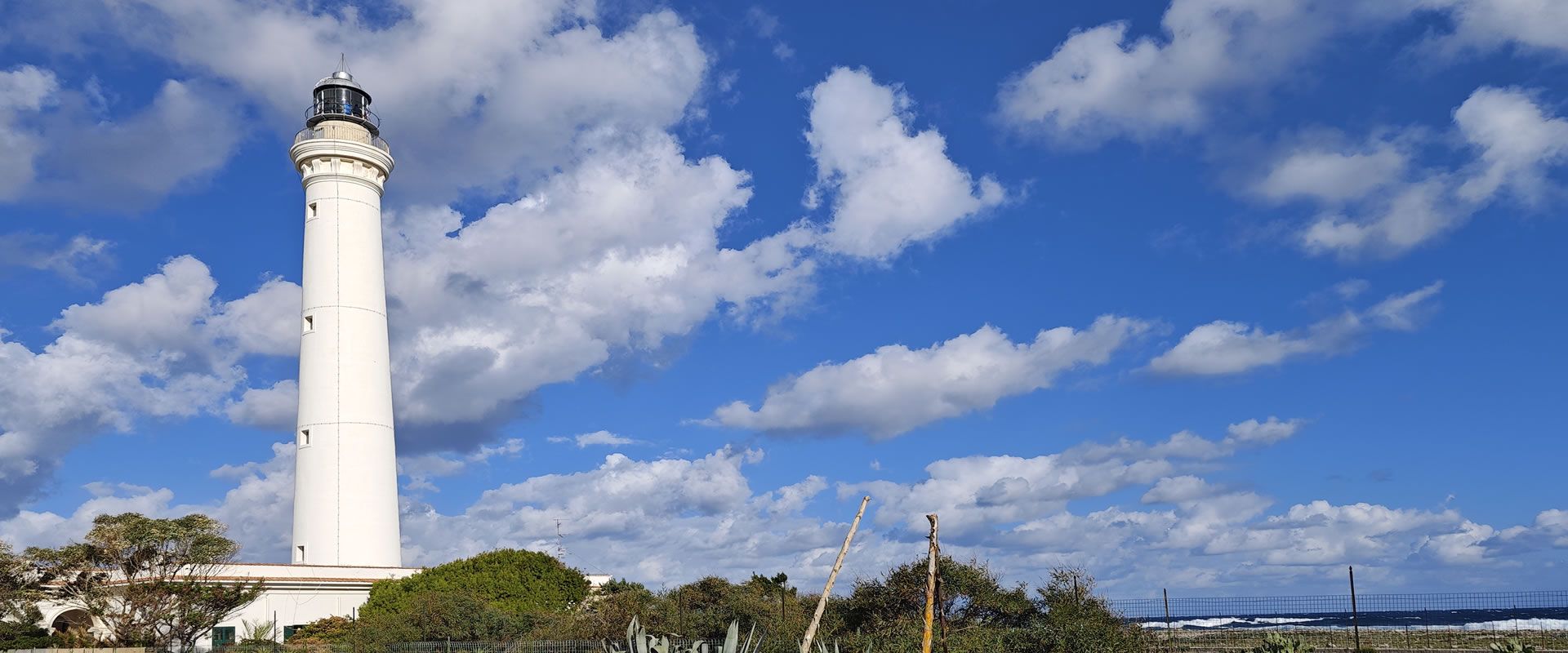
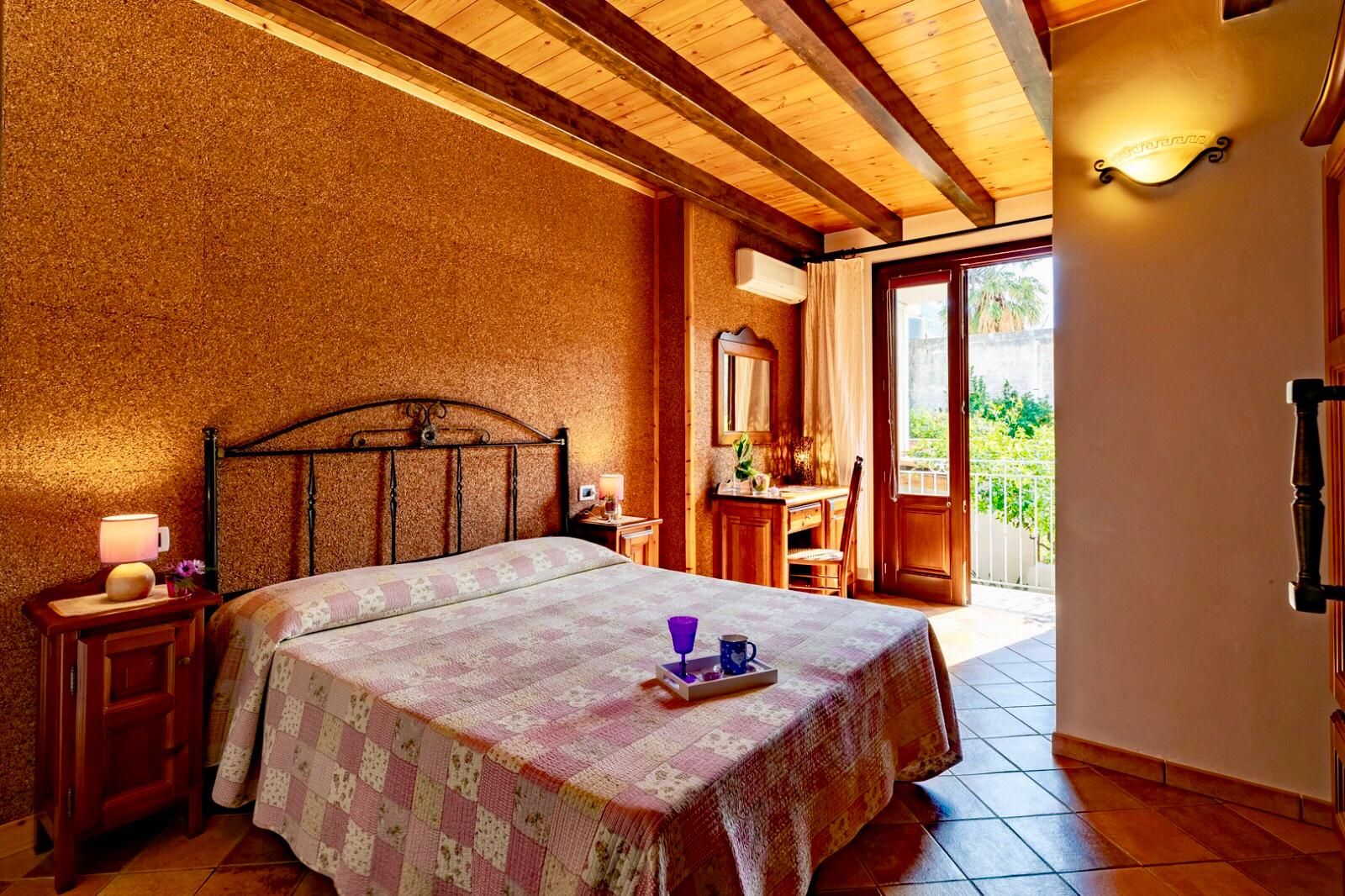
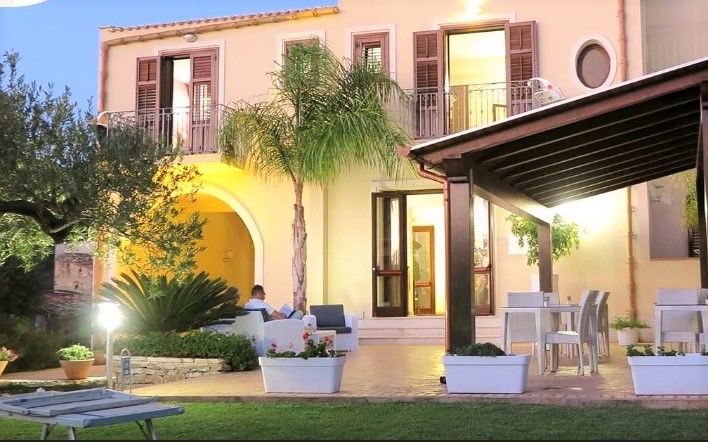
.jpg)

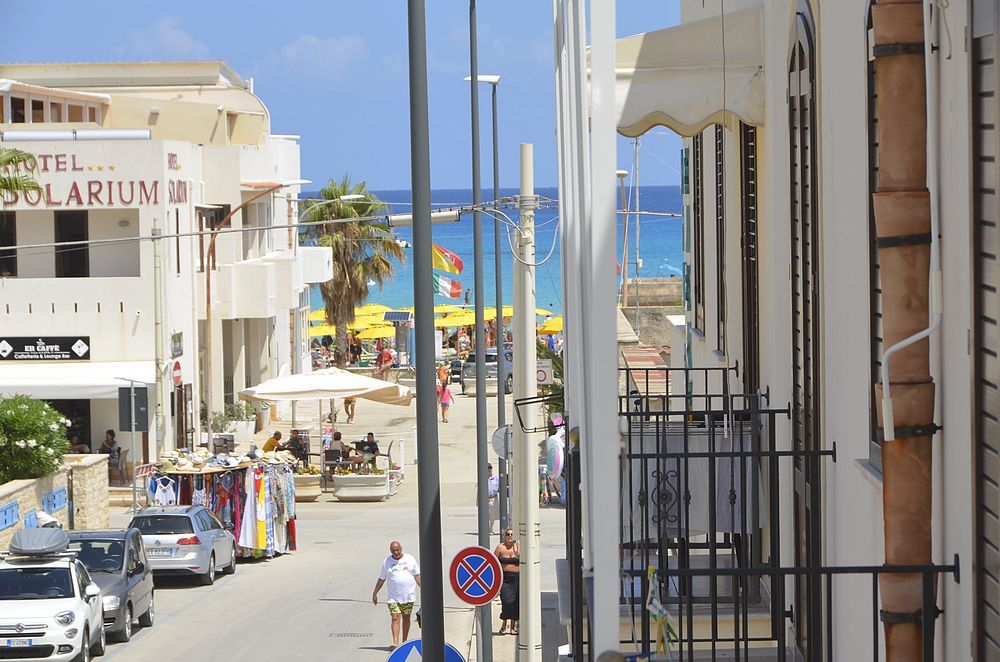
.jpg)
